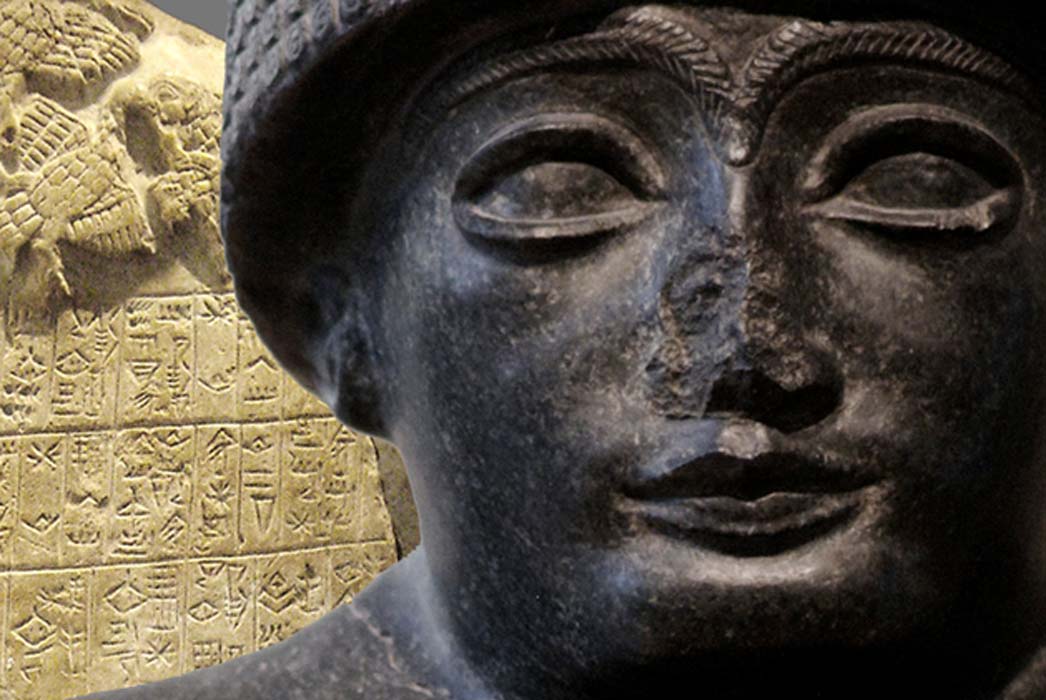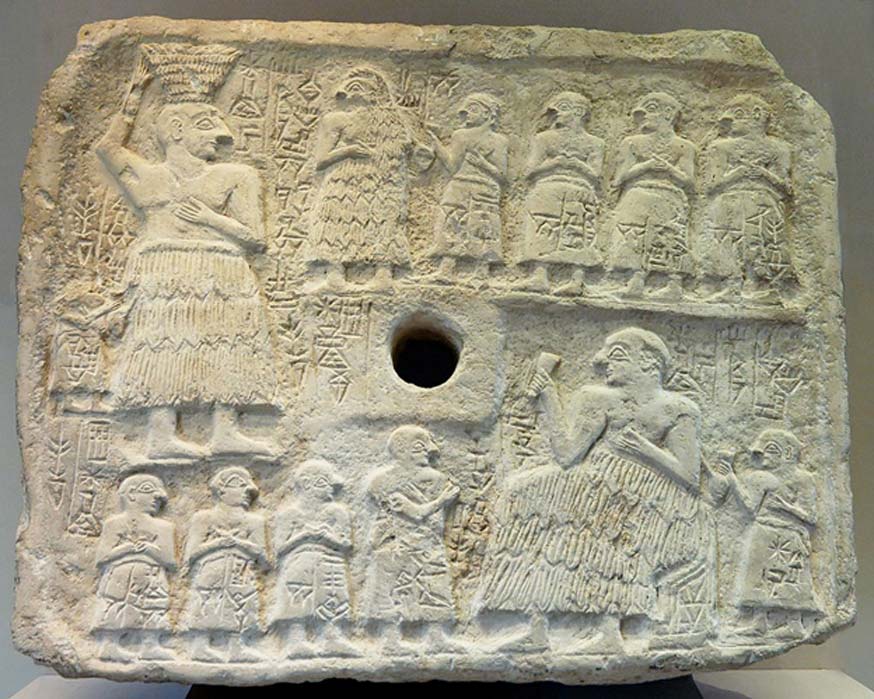
King Destroys Those on his Hit List, One by One – Eannatum: The First Conqueror? Part I
Between the Tigris and Euphrates Rivers, lies a land known as Mesopotamia. It was here that men found suitable land, which they pierced, ripped, and seeded. Once the seeds took root, civilization was born. Lagash, like other city-states of its time, shared control over resources and social actives between the palace and temple. The temple controlled a great amount of land and exerted a powerful influence over the people. The palace authority controlled as much if not more land than the temple. This was fine until later on, when the palace was able to wield an even greater influence over the people.

Map showing Lagash located near the shoreline of the gulf. (CC BY-SA 4.0)
In doing so, the king was able to amalgamate the palace with the temple, in which the king saw himself as god’s own representative on earth. If god chose the king, then the temple must obey. This placed the temple in a predicament. However, this does not mean there would never be strife again between the palace and temple authorities. So long as they existed side by side, the desire to control and hold a monopoly over the other’s institution was desirable, especially if one wished to control the masses.

Relief of Ur-Nanshe, King of Lagash and grandfather of Eannatum. Early Dynastic III (2550–2500 BC). (Public Domain)
The First Conqueror?
Enter Eannatum, King of Lagash (c. 2455-2425 BCE), who established the first Mesopotamian empire in history through constant warring. But how did Eannatum achieve this, how did he create the first verifiable empire in history?
Eannatum, son of King Akurgal of Lagash ascended the throne due to his father getting into a bit of a squabble with his northwestern neighbors the city-state of Umma. Eannatum’s spat with city-state of Umma led him on a quest for dominance in the region, which would ultimately ruin his empire.
The city of Lagash was located northwest of the junction of the Euphrates and Tigris rivers and east of the city Uruk. Lagash was a fertile area, with irrigation canals feeding its crops via the Shatt al-Gharraf channel that filtered in water from the rivers. Lagash grew bountiful crops due to fertile land and its location made it a prime economic powerhouse when it came to commerce, all due to the waterways. Commercial competition with other city-states was healthy. However, like all city-states, there comes a time when hostility rises and the need to settle disputes requires war.
A War For Water
Eannatum, upon receiving his power, understood that Lagash security relied on its water supply from the Shatt al-Gharraf. However, his neighbor, the city-state of Umma, also bordered this very channel on the western bank. The chief cause of hostility is unknown, according to some historians. However, it seems obvious that the conflict was over water.




